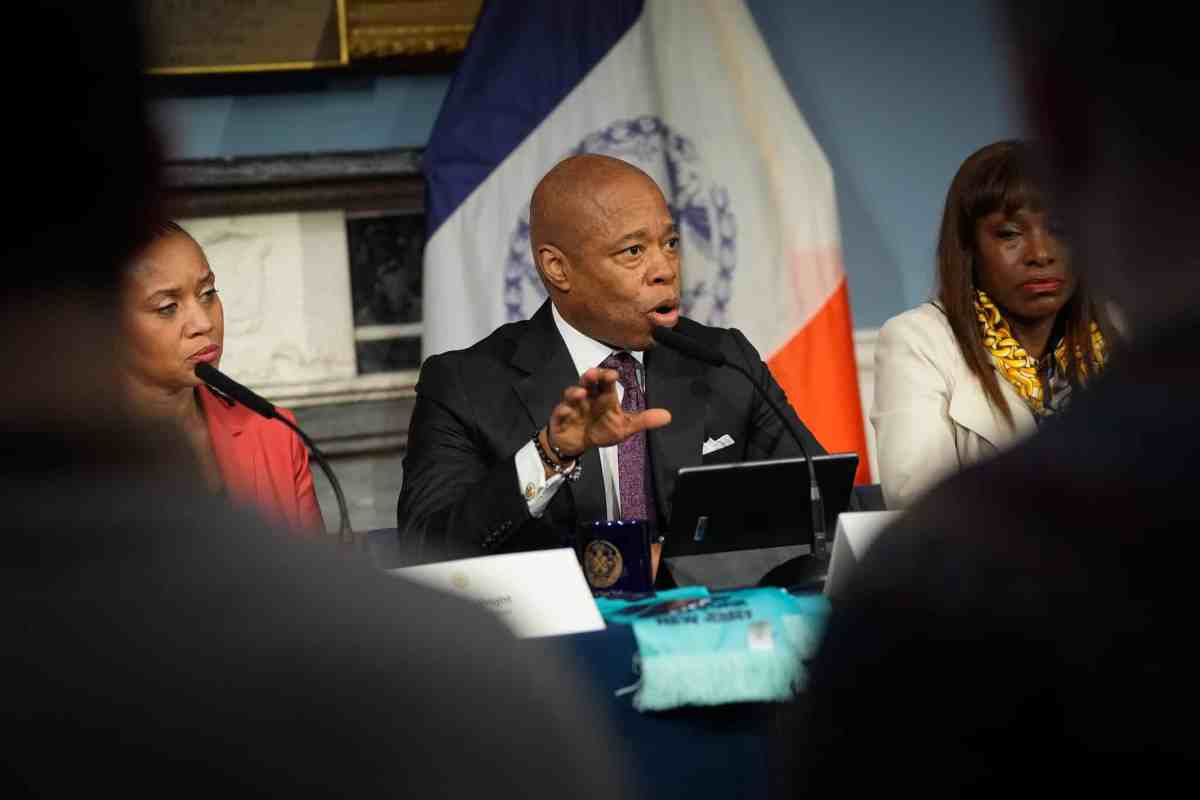By William Lewis
We are watching a contest between Mitt Romney and Newt Gingrich for the Republican Party 2012 presidential nomination. Although there are other candidates competing, these two candidates seem to be leading.
During the past century, most of the intense intra-party contests for the presidential nomination seem to have taken place in the Democratic Party. One example was in 1924, when the Democratic Party held its national convention at Madison Square Garden and a long and bitter floor fight took place between New York Gov. Al Smith and U.S. Treasury Secretary William McAdoo, of California, for the nomination.
After 103 ballots were cast, the delegates finally nominated a compromise candidate. John Davis, of West Virginia, had served as U.S. solicitor general and ambassador to the United Kingdom. He would lose the presidential election that year to Republican Calvin Coolidge.
In 1968, the Democratic Party had its nominating convention in Chicago. The two candidates were Minnesotans: Vice President Hubert Humphrey and U.S. Sen. Eugene McCarthy. The main issue was the Vietnam War. The floor fights and demonstrations by delegates and protesters were even more prevalent than in 1924. Humphrey finally received the presidential nomination, only to lose the election to former Vice President Richard Nixon.
During the last half of the 20th century, the most intense contest for the Republican presidential nomination occurred in 1976 between President Gerald Ford, of Michigan, and Ronald Reagan, of California. Like the present contest between Romney and Gingrich, it had a governor (Reagan), running against a former Republican speaker of the U.S. House of Representatives (Ford). Now we have a former governor (Romney) running against the former Republican House speaker (Gingrich).
The contest in 1976, during the early Republican primaries, gave Ford victories in the Iowa caucus and New Hampshire primary. Ford also went on to win primaries in Florida, Massachusetts and Illinois. Reagan would win primaries in North Carolina and Texas. Reagan chose Sen. Richard Schweiker, of Pennsylvania, a liberal Republican, as his running mate.
It did not help him with the conservative wing of the Republican Party. Ford would go on to win the Republican nomination that year, only to lose to Democrat and former Georgia Gov. Jimmy Carter in the 1976 fall general election.
As is known, Reagan in 1980 easily won the Republican nomination for president and went on to win a decisive victory over Carter in the fall of that year.
Today, it is Romney who four years ago lost his Republican bid to run for president against Barack Obama. He lost his bid to Sen. John McCain. Like Reagan, can he have a successful comeback four years later, win the nomination and go on to win the presidency?
The Iowa caucus and New Hampshire primary will have a large impact on who emerges as the Republican nominee for president in 2012.
This presidential campaign within the Republican Party has been going on for almost a year up to this point. We will have another year of campaigning leading up to the November 2012 election.
It was Carter who probably started these two-year presidential campaigns by continually campaigning for the presidency in 1975 and 1976, after serving one term as governor of Georgia.
Both Romney and Gingrich have had presidential ambitions for a long time as they continue their battle to the 2012 primaries. Two-year campaigns for the presidency seem to be becoming the accepted pattern.
As has been indicated by an increasing number of political observers, 2012 promises to be one of the most eventful and important presidential elections in American history.


































